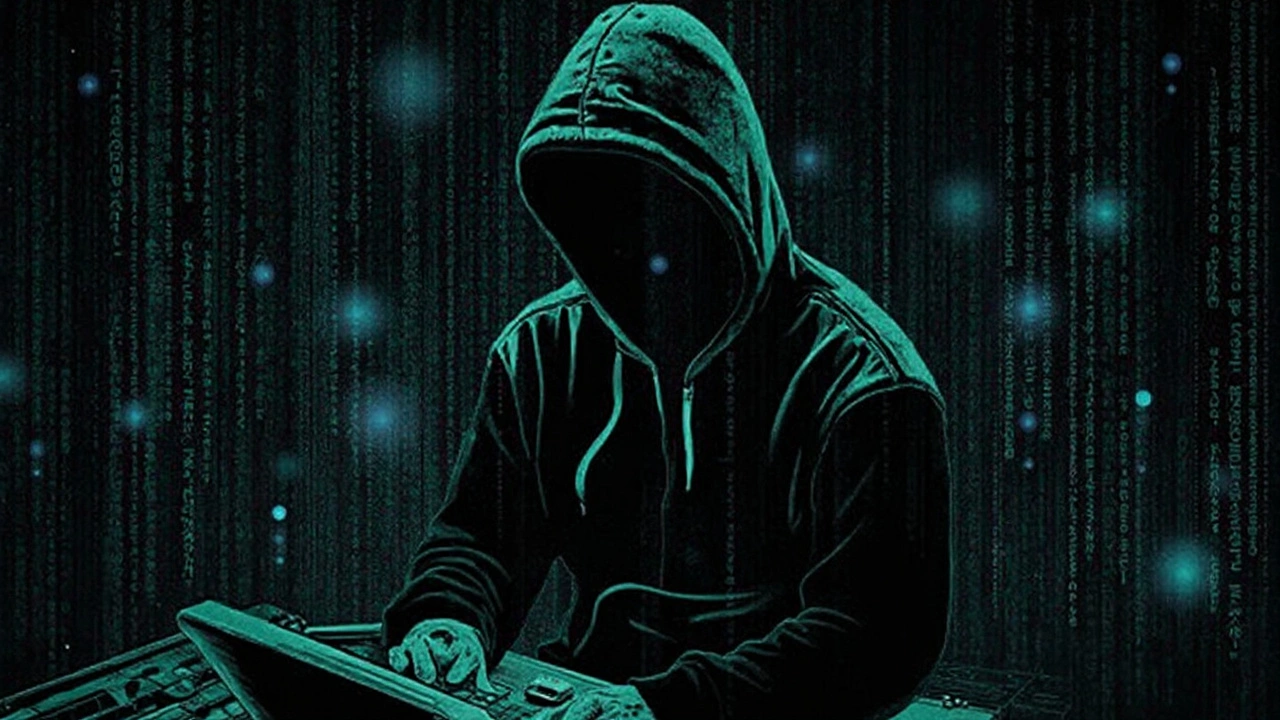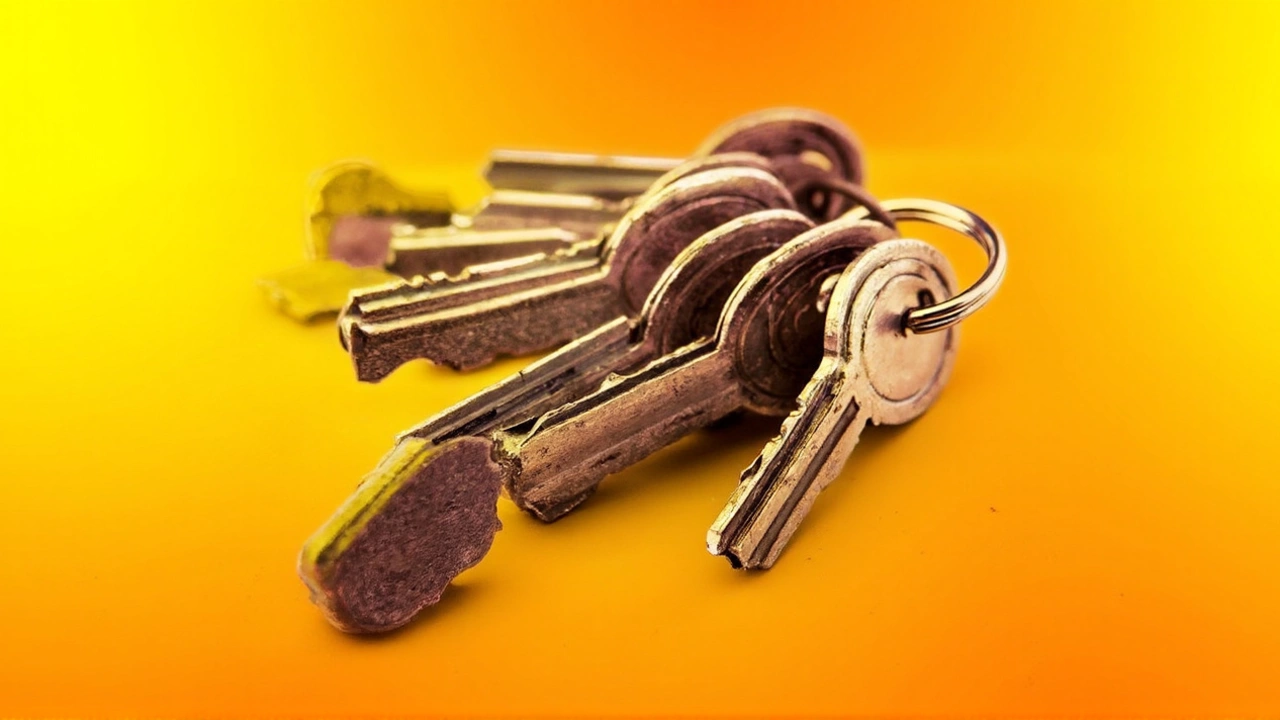16 Billion Credentials Exposed: How Did This Happen?
It's hard to wrap your head around: 16 billion login credentials suddenly up for grabs. That's roughly twice the world’s population—just leaked into the wild. Security analysts spotted these credentials surfacing not from a direct hack of tech giants like Google, Apple, Facebook, or Telegram, but mostly from what’s called infostealer malware. These programs lurk on infected devices, silently logging everything from passwords to browsing cookies and then feeding them to cyber crooks.
Unlike the big, headline-grabbing company breaches, this one’s sneakier. The affected companies’ internal systems were not breached. Instead, people's computers and phones—yours, mine, maybe your grandma’s—were the weak spot. Once a device is hijacked, everything you type or save could be copied. It doesn't matter if you only use trusted sites. If you’ve had malware on your device, your passwords might already be floating around in hacker forums.
This isn’t just academic: those passwords are linked to real people and real accounts. Even if your bank wasn’t hacked directly, a stolen password reused elsewhere could let someone in.

What Can You Actually Do About It?
So, you’re probably wondering: am I on that list? Panic won’t help, but quick action might. Cybersecurity pros are all saying the same things, so let’s keep it simple with their top fixes.
- Change All Key Passwords: Don’t put this off. Start with the big accounts like your email, cloud storage, and banking. Make each password unique and long—skip "Password123" and try using phrases or a password manager.
- Turn On Two-Factor Authentication (2FA): Most big sites offer it now. It means even if a hacker swipes your password, they’ll run into an extra wall, like a code sent to your phone.
- Check If You’re Affected: Tools like Have I Been Pwned or Google’s Security Checkup help you see if your info is out there. Don’t ignore those warning emails about odd logins—sometimes they catch problems before you do.
- Keep Devices Clean: Run a full malware scan. Update your operating system and programs to patch security holes. If you’re unsure, ask a techy friend or take your phone to an expert.
- Watch Your Login Activity: Almost every major platform now lets you review where and when your accounts are used. If you see a device or location that isn’t yours, boot it out immediately.
- Don’t Click Weird Links: This breach started with sneaky software. Phishing emails and sketchy downloads slip malware onto your device—don’t let them.
There’s a reason experts repeat these steps: they work. You don’t need fancy security software—just being alert and acting early will make a huge difference for your personal safety online.
The scope of this incident is massive, but tools and habits can put you ahead of the bad guys. Taking these simple steps now means you’re much less likely to end up as a victim in the wake of the world’s largest data breach.
